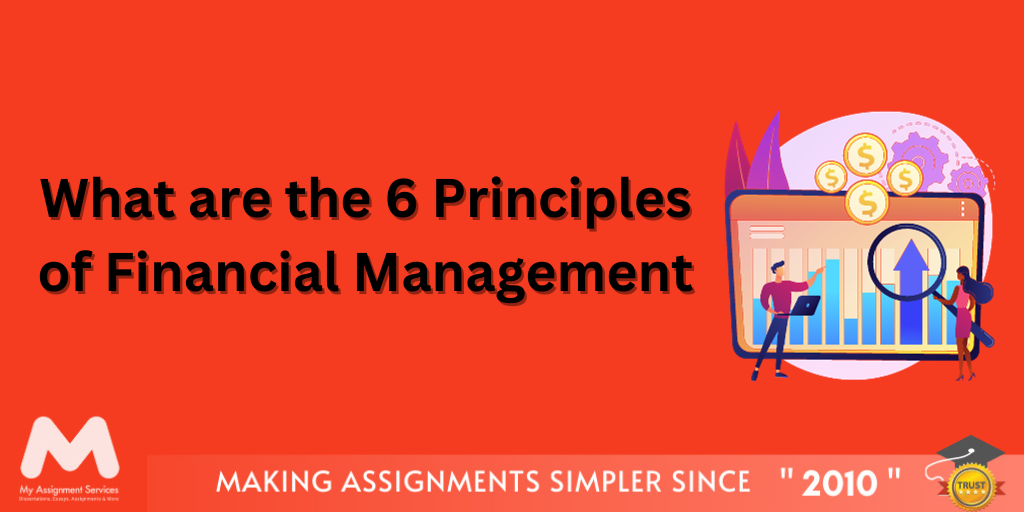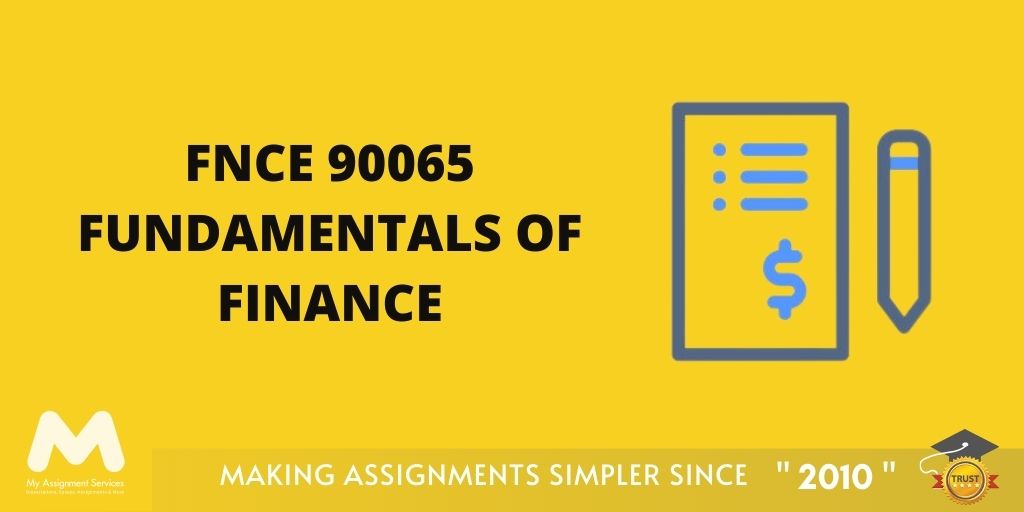
Taxation accounting is constituted of several accounting methods aimed at calculation of tax payments and returns. ATO (Australian Taxation Office) has been applying strict rules on the lodging of tax returns; non-compliance of these rules can attract auditing and consecutively, punishment. Thus, to prepare students for the challenges faced by a tax accountant, difficult taxation assignments are being designed for university students.
These assignments might include various calculations like net capital gains and losses, fringe benefits, etc. Even a minute mistake in these calculations will render all your efforts useless. Even students with a good knowledge of taxation accounting fundamentals, sometimes find it hard to make the time out of their busy schedules. Hence, they seek online taxation accounting assignment help.
Areas of Taxation Accounting We Can Help With
Various assignments can be handed out on taxation accounting. Some of the topics we have helped students with are-
- Tax administration Assignment Help
- Capital Gains Tax (CGT) Assignment Help
- Fringe benefits tax (FBT) Assignment Help
- Goods and services tax (GST) Assignment Help
- Principles of assessable income and specific deductions
Assignment Question
We are sharing out top assignment from last week, including the question as well as the solution provided by our experts.


Assignment Solution
Question-1s180.20 of ITAA, 1997 defines personal asset to be a “capital gains tax asset that is used or kept available for the personal use of the tax assessee or his associates”. Home Sound system kept by Eric is considered as personal asset
s180.20, ITAA 1997, considers among others artwork, antiques as collectibles. Painting, Antique Vase and Chair are to be considered as collectibles.
Even though s108.10 of the Income Tax Assessment Act 1997 (ITAA, 1997) exempts the capital gains or losses made from a personal assets if the cost base it less than $10,000 and that made from collectibles if the cost base is less than $500. In case Eric none of these assets are exempted as the cost base is more than its respective thresholds
S118.10 states that losses from collectibles can only be offset against gains from the collectibles of the current year or gains from the collectibles of the future years. But they are NOT allowed to offset gains from personal assets and other assets. Similarly losses from the personal assets also not allowed to be offset against other category of the asset. This provisions make capital gain/loss to be calculated in three different categories i.e., Collectibles, Personal Assets and Other assets (Bentley et al., 1974).
Summary of the Capital Gain/loss made by Eric are given below:-
- Capital loss from collectibles is $9000
- Capital loss from personal assets is $1000
- Capital gain from others assets is $15,000
| Asset | Personal /Collectible | Cost base | Sale Price | Capital Gain/(Loss) | Capital Gain/(Loss) of Category |
| Antique Vase | Collectible | 2,000 | 3,000 | 1,000 | -9,000 |
| Antique Chair | Collectible | 3,000 | 1,000 | -2,000 | |
| Panting | Collectible | 9.000 | 1,000 | -8,000 | |
| Home sound System | Personal Asset | 12,000 | 11,000 | -1,000 | -1000 |
| Shares in Listed Co. | Other Asset | 5,000 | 20,000 | 15,000 | 15,000 |
Question-2
Taxable Fringe benefit arises when employer provided an interest-free or low interest loan to the employee. A loan has been considered as given at low interest rate when the interest rate charged on the loan is less than the bench mark interest rate (Statutory interest rate). For the FBT year April 2016-March 2017 is 5.65%.
Taxable value of the fringe benefit is calculated as follows
[Interest that would be payable had the statutory interest rate has been charged on the loan] – [Interest that is actually charged on the loan]. GST does not impact the taxable value of fringe benefit and impact of the GST is ignored.
Taxable fringe benefit is allowed to be reduced in certain circumstances. If the beneficiary of the loan has used the loan proceeds for an income earning activity and eligible to reduce the interest paid from such income, the fringe benefit can be reduced to the extent that is used for the income earning purposes based on “otherwise deductible” rule.
Brain has used the 40% of the borrowed funds for income producing activities. So 40% of fringe benefit is allowed to be reduced and balance only to be taxed.
- Calculation of Taxable fringe benefit
| Amount | ||
| A. | Value of Fringe benefit without having regard to otherwise deductible rule
[$1,000,000 x 5.65%] – [$1,000,000 x 1.00%]
$56,500 – $10,000 = $46,500 |
$46,500 |
| B | Value of Fringe benefit considering that loan is given at free of interest
[$1,000,000 x 5.65%] = $56,500 |
$56,500 |
| C | Hypothetical interest value that employee will use as deduction [Portion used for the income producing purpose]
[$1,000,000 x 5.65%] x 40% = $56,500 X40% |
$22,600 |
| D | Actual interest value that employee will use as deduction [Portion used for the income producing purpose)
[$1,000,000 x 1.00%] x 40% = $10,000 X40% = $4,000 |
$4,000 |
| E | Value that can be reduced from Value of fringe benefit [C-D]
$22,600 - $4,000 = $18,600 |
$18,600 |
| F | Final Taxable value of fringe benefit [A - E]
$46,500 – $18,600 |
$27,900 |
- If the terms of the loan allows for the Interest payment for a frequency which is more than six months, the interest accrued for the period of six month is to be considered as separate loan. Such loan amount is considered for the fringe benefit calculations till the payment is made.
If Brain is allowed to pay interest only at the end of loan period, interest accrued for every six months is to be considered as separate loan (to the extent of interest accrued) and calculate the fringe benefit on that. This would create a series of loans from interest due along with main loan.
- If bank has released brain from repaying interest on the loan (not released from repaying the principal amount), then it tantamount to loan been given as interest free loan. This would increase the fringe benefit. Based on the calculation made in the earlier solution, $56,500 would be gross fringe benefit if loan is interest free. Out of that Taxable fringe benefit would be 60% of the gross fringe benefit i.e., portion not used for income producing purposes = 60% of $56,500 =$33,900
Question-3
Mr. Jack (Architect) and Ms. Jill (House wife) has bought a property as joint tenants from the borrowed funds. A written agreement was made that 10% of profits are attributable to Jack and Jill is entitled to 90% of profits. However the agreement provides for 100% of loss to be attributed to Jack. $10,000 of loss was made in the last income year. Question is on the proportion of loss to be allocated to each.
Tax ruling TR 93/32 “Income Tax: Rental property – division of net income or loss between co-owners” has clarified on income sharing between co-owners and dealt with cases similar to the question. This tax ruling is applicable only to tax owners whose activities are not considered as business.
Unless the parties are carrying on business, co-ownership of rental property can’t be considered as partners in general law. They are considered as in partnership only for the limited purpose of income tax. As the co-owners of rental property are NOT considered to be partners and any agreement with respect to allocation of profit and loss have no effect on the sharing of income from the property. Except extraordinary in circumstances, Income and loss shall be allocated based on the legal interest.
Co-ownership can be joint tenants or tenants in common. Joint tenants hold identical i.e., (50% Share) interest in the property. On the other hand, tenants in common, its need not be identical share could be of any proportion. In the current question, the property has been registered as joint tenants making Jack and Jill having identical interest in the property. They 50% interest in the property
With out the important element of ‘Carrying business’ there can’t be a partnership. In case of F.C vs. T. V McDonald (1987) determining whether Mr. and Mrs. McDonald are partners it was held that “mere receipt of rents from properties does not raise any presumption that a business activity is going on”. It was concluded that the parties are”Co-owners in the investment rather than partners in a business operations”. As they are not considered as partners they are not governed by any agreement to share profit and loss and they are expected to share profit and losses equally due to their joint tenancy which proposes identical interests.
Based on the TR 93/32 and F.C vs. T. V McDonald (1987) case law, we can conclude the 90/10 share in profits and complete loss attribution to Mr. Jack is not tenable in law and they are expected to share profit and loss equally. $10,000 loss should be shared equally by Mr. Jack and Mrs. Jill $5,000 each. TR 93/32 requires the same rule to be applied even for Capital gains/loss also.
Question-4
Duke of Westminster's case is very popular case and habitually quoted in many tax avoidance cases. Duke of west minister employed a Gardner and used to pay wages out of post tax income, In order to avoid tax, Duke has stopped paying wages and entered into a covenant and started get the amounts as deduction under the tax. Case was held in favour of Duke. Going by literal interpretation of the tax legislation it was held every one has right to order this affairs in such a way that tax incidence is less than otherwise(Likhovski,2006).
Literal and restrictive interpretation of the tax laws has been prevalent in Australia for very long. Courts often taken a stand that function of the court is only to interpret that language in which legislation is made and often stressed that courts are not obliged to mould the language of the law to derive the result that legislator may have attempted to achieve. Courts have put the responsibility of writing the legislation to achieve the legislator’s objective squarely on law makers.
In simple terms courts used to go by the form (policy) of the law and substance of law is left to be managed by the law makers. From anti tax avoidance provisions have been enacted and amended to plug schemes that are designed to avoid tax.
Unlike earlier Court are trying to read the sprit of the law and trying to see through multiple layers are transactions that are created for tax avoidance and holding the cases in favour of revenues. Law makes on their front amending the laws and polishing the regulations so that any ambiguity that still giving a scope of tax avoidance is weeded off(Groenewegen,1987).
Question-5
Applicability of business income is provided below
We can refer Tax Ruling TR 95/6 which deals with Income tax on prime production for this purpose. As per para 22 the said Tax ruling state “that disposal of tree owned by tax player will result in the income being added to the taxpayers assessable income whether or not tax payer is in the business of forest operations so long as the tax payer is carrying on a business ..”
Para 25 of the Tax Ruling state that “A taxpayer carrying on forest operations may sell standing timber by granting right to someone to cut and remove the timber…”
Essential ingredient here is carrying on business, para 14 of the tax ruling state that “a person who merely sells the standing timber without tending and felling those trees is not conducting forest operations”
However whether are not the taxpayer is carrying on the business operations depend upon the facts of the case. Following are some of the components which make it as carrying business
- Purpose of the activities is to make profit
- repetitive frequency of the operations
- organized in same ways as the business is conducted
- volume of the activities
- whether the activities are hobby of business activity
(Ferguson v. FC of T(1979)
Proceeds which Bill earned are NOT to be considered as business income and he is not eligible for any benefits of prime producing under tax law
Applicability of Capital gains is provided below
Para 69 provides that the owner of a land sell time according to “a contract for sale of uncut timber and or granting the purchase of the timber the right to enter the taxpayers’ property over a period of time and remove timber as and when required creates grant of profit prendre” (Marshall Vs. Green)
Grating of profit prendre creates disposal of and asset and is liable to capital gains tax
Bill is not carrying business of forest operations or any other business, so the receipts from felling of timber are not a business income. But selling the timber or granting a right to remove timber is disposal of a capital assets and liable to tax under the CGT rules.
References:
Likhovski, A. (2006). Tax law and public opinion: Explaining IRC v. Duke of Westminster.
Bentley, P., Collins, D. J., & Drane, N. T. (1974). The incidence of Australian taxation.Economic Record,50(4), 489-510.
Groenewegen, P. D. (Ed.). (1987).Australian taxation policy. Melbourne, Australia: Longman Cheshire.
Expert Help from My Assignment Services
My Assignment Services has a dedicated team of Australian taxation experts. They have a sound knowledge of all the taxation rules as set and revised by the ATO. We can facilitate one-on-one conversations with the experts to allow smooth exchange of information. We can also share initial draft of the solution and promise to revise it any number of times, depending upon your inputs. We provide 24*7 customer service to our customers. Our services are reliable and we provide assignment solutions which are 100% authentic and plagiarism-free.
Karan, an exchange student from India, approached us last Sunday for his taxation accounting assignment. He had been busy during the weekend due to his part time job and needed our help completing his assignment. The assignment was due on Monday, at 9 am. Our taxation accounting experts zealously took up the task and worked through Sunday night to provide Karan with his assignment solution. We delivered the assignment before 6, giving Karan ample amount of time to go through the assignment and understand the solution. We also attached a Plagiarism report along with the assignment. He was very satisfied with the solution, and emailed us later to tell us that he had been awarded a distinction.
Karan has given us another accounting assignment and has also referred few of his classmates.
Related Study Materials
Our Experts can answer your Assignment questions instantly.
Ask Question0 Comment
Get It Done! Today
1,212,718Orders
4.9/5Rating
5,063Experts













Loved reading this Blog? Share your valuable thoughts in the comment section.
Add comment